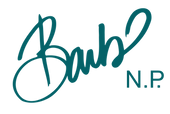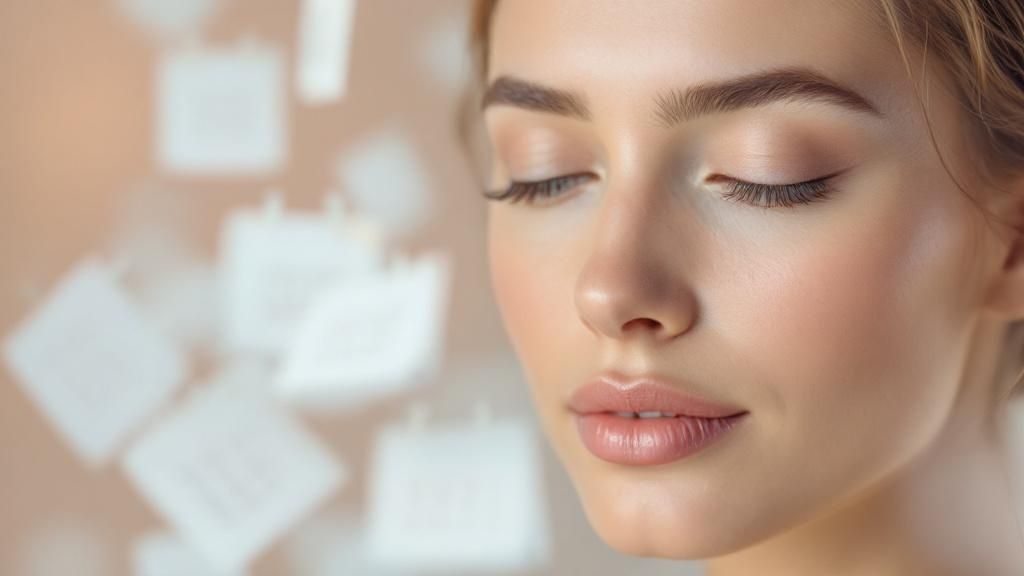
Here’s the thing about Botox—there's no magic number on a birthday cake that tells you it's time to start. The real answer to when you should start Botox is incredibly personal. It’s a conversation between you, your skin, and your long-term goals.
For some, that conversation begins in their late 20s with preventative Botox, a strategy to stop expression lines from ever etching themselves into the skin. For others, it’s about softening existing wrinkles in their 40s and beyond, a more corrective approach. Neither one is wrong; they just have different starting points.
Finding Your Ideal Time to Start Botox
So, how do you know when it's your time? It's less of a guessing game than you might think. The decision really boils down to your unique genetics, your lifestyle habits, and—most importantly—when you start seeing expression lines that stick around even when your face is totally relaxed.
Think about the "11" lines between your brows or the faint crinkles at the corners of your eyes. When those stop disappearing after you stop squinting or smiling, those are the static lines we want to address.
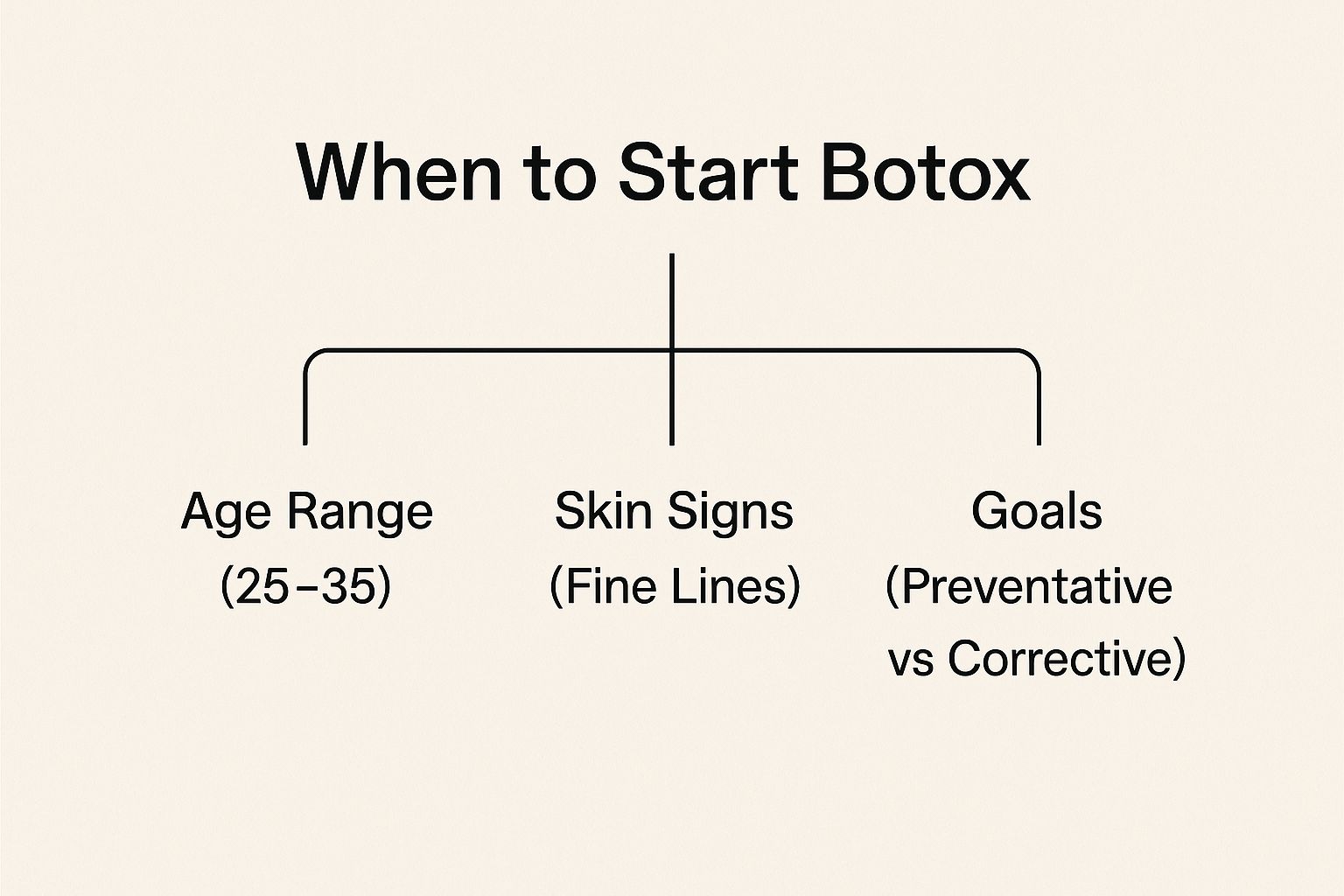
As you can see, your personal goals—whether you're playing offense (prevention) or defense (correction)—are just as critical as your age or the first appearance of a fine line.
While preventative treatments are becoming more popular, it's interesting to see where the numbers land. The average age for a first-time Botox user was 43 years old in 2022. In fact, the 35-50 age group makes up nearly half of all procedures. You can dig into more Botox usage statistics to see just how common it is across different life stages.
This handy table breaks down how goals often shift with each decade.
Botox Starting Guide By Goal and Age
| Age Decade | Primary Goal (Preventative vs. Corrective) | Common Focus Areas |
|---|---|---|
| 20s | Preventative | Faint forehead lines, "11s" (glabella), crow's feet |
| 30s | Preventative & Early Corrective | Forehead, crow's feet, preventing deeper lines |
| 40s | Corrective & Preventative | Softening established lines, brow lift, crow's feet |
| 50s+ | Primarily Corrective | Deep-set wrinkles, neck bands, overall smoothing |
No matter where you fall on this chart, the goal is always a refreshed, natural look—not a "frozen" one.
Ultimately, the best approach is a completely customized one.
The most important first step is a consultation with a qualified provider. An expert like BARB N.P. can assess your unique facial anatomy and co-create a treatment plan that aligns perfectly with your aesthetic vision.
This ensures you get results that make you feel like the best version of yourself, confident and radiant, no matter when you decide to begin your journey.
How Botox Actually Smooths Wrinkles
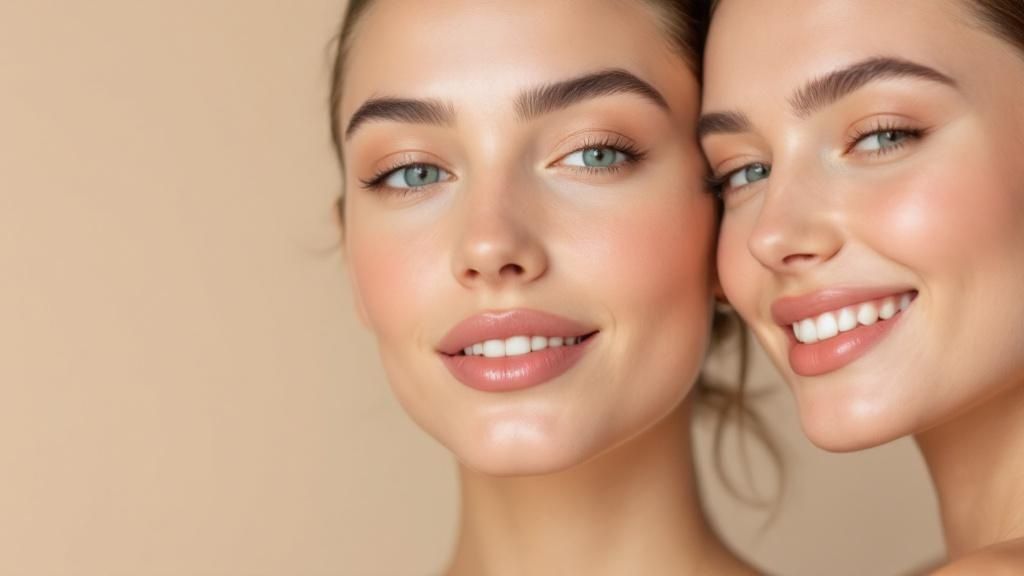
Before you can decide when to start Botox, you need to understand how it really works. Many people mistakenly believe it’s a filler that plumps up your skin, but that’s not the case at all. Botox is a neuromodulator—a highly purified protein that interrupts a very specific conversation happening between your nerves and muscles.
Think of it like this: every time you smile, frown, or raise your eyebrows in surprise, your brain sends a signal telling certain facial muscles to contract. Over years and thousands of repetitions, these contractions fold your skin in the same spots, eventually creating permanent creases. It's just like folding a piece of paper over and over until a sharp line remains.
Botox steps in and temporarily blocks that nerve signal. It essentially presses a "pause button" on those tiny, targeted muscle movements. When the muscle can't contract, it relaxes, and the skin on top gets a chance to smooth itself out. You’re not just treating a wrinkle; you’re preventing the repetitive motion that causes it in the first place.
From Dynamic to Static Wrinkles
This simple mechanism is brilliant, but it's important to know it works best on a specific kind of wrinkle. In aesthetics, we generally talk about two main types of lines:
- Dynamic Wrinkles: These are the lines that show up when you’re actively making an expression—think of the crow’s feet that appear when you laugh or the horizontal lines across your forehead when you look surprised. They vanish when your face is at rest.
- Static Wrinkles: These are the lines that have stuck around. They're etched into your skin and are visible even when your face is completely still.
The primary goal of starting Botox, especially earlier on, is to treat those dynamic wrinkles. By relaxing the underlying muscles, you stop them from eventually settling into deep, permanent static lines. It's a proactive approach to keeping your skin looking smooth and refreshed for the long haul.
You can learn more about this process in our complete guide to Botox benefits and procedures.
By addressing dynamic wrinkles before they become deeply set, you can significantly slow down how quickly they become permanent fixtures on your face. It's all about managing muscle movement to preserve your skin's smoothness.
A skilled injector knows exactly which muscles to target for a natural, revitalized look—never a "frozen" one. At BARB N.P., this precise and artistic approach is exactly what we focus on to deliver results that enhance your natural beauty without looking overdone.
Starting Early With Preventative Botox
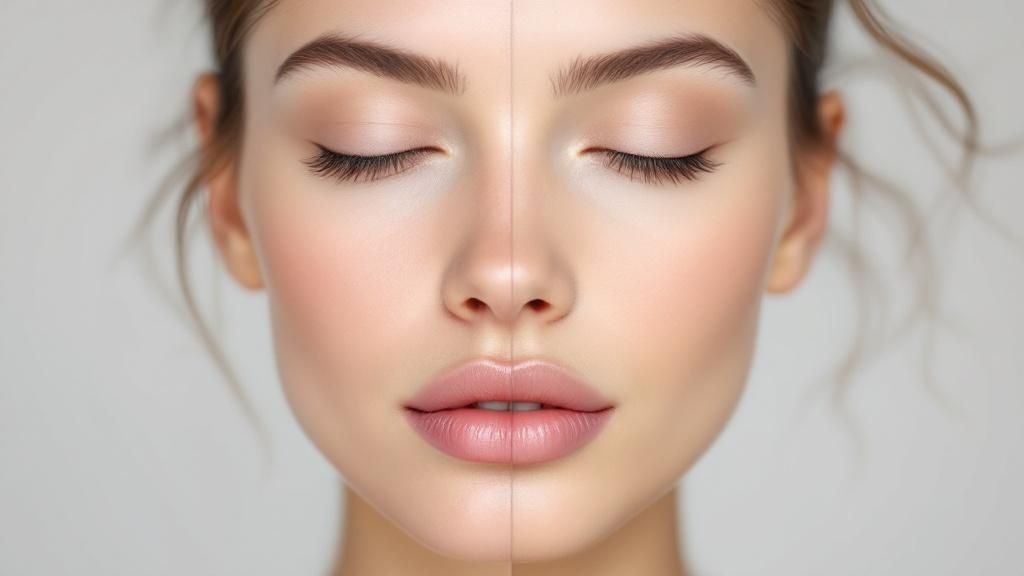
The conversation around Botox has changed. It's no longer just about fixing deep-set wrinkles; it's about getting ahead of them. Starting in your late 20s or early 30s is less about erasing character and more about a smart, proactive strategy to keep your skin smooth for longer.
Think of it this way: by gently relaxing specific facial muscles before they can carve permanent lines into your skin, preventative Botox acts as a gatekeeper. It tackles the root cause—those repetitive muscle movements from smiling, frowning, and concentrating—instead of waiting to treat the effect. To support these treatments, using a powerful topical product like BARB N.P.’s Wrinkle Relaxer Peptide Cream can enhance and extend your smooth, youthful results at home.
Signs It Might Be Time
So, how do you know if it's the right time to consider preventative treatments? It’s often much more subtle than you’d think.
The key indicator is seeing fine lines that hang around for a few minutes even after your face is at rest. Those are the very first signs of what we call “static wrinkles,” and they’re a great signal that a preventative approach could work beautifully for you.
The goal isn’t to look different. It’s to look like the most rested, refreshed version of yourself. Preventative Botox is about preserving your natural look for longer, not changing it.
This is where a technique called “Baby Botox” truly shines. It involves using smaller, more conservative doses to soften muscle activity without freezing your expressions. You keep your full range of emotion, just with less creasing. The result is completely natural—like you’ve just had a fantastic night's sleep.
Knowing how often you'll need these lighter treatments is essential for keeping that fresh, natural look. If you’re curious about how to schedule your appointments for the best results, you can learn more in our complete guide on how often to get Botox.
At BARB N.P., we specialize in creating personalized plans that help you achieve this subtle, refreshed appearance.
Turning to Corrective Botox in Your 40s and Beyond
If you’re first thinking about Botox in your 40s, 50s, or even later, you're right on time. This is when many women shift their focus from preventing future lines to correcting the ones that have already settled in after years of expressions and natural skin changes.
The goal with corrective Botox is to soften what we call static wrinkles—those lines that are visible even when your face is completely at rest. Think of it less like preventing a crease from forming and more like smoothing a crease that’s already there. It’s an incredibly effective way to refresh your appearance, taking the edge off deep-set frown lines, prominent crow's feet, and forehead creases that can make you look tired or stressed.
A Smart Approach for Mature Skin
Treating mature skin isn't a one-size-fits-all game. Because skin has less elasticity, a skilled provider needs to be more strategic. The aim is never to freeze your face or erase every single line. Instead, it's about restoring a smoother, more rested look while keeping the expressions that make you, you.
It’s a complete myth that there’s a point when it’s “too late” to start Botox. I’ve seen women achieve significant, confidence-boosting results at every age with a smart, personalized treatment plan.
The numbers don't lie—this approach is more popular than ever. Between 2000 and 2020, the number of Botox procedures in the U.S. skyrocketed by nearly 459%. In 2020 alone, over 2.5 million people aged 40-54 got Botox, making them the single largest group for treatments. You can dig into more of these fascinating Botox statistics and trends to see just how much attitudes have changed.
For many women in this age range, a truly comprehensive plan often goes beyond just Botox. We might recommend a combination approach that includes:
- Dermal Fillers: To bring back youthful volume to areas like the cheeks or temples that can start to look hollow.
- Skin Resurfacing: Treatments like chemical peels or laser therapy can work wonders on overall skin texture and tone.
- Medical-Grade Skincare: A product like BARB N.P.'s Wrinkle Relaxer Peptide Cream can complement professional treatments by hydrating and firming the skin, helping to prolong the beautiful, smooth results.
This kind of multi-faceted plan addresses both the muscle-driven wrinkles and the volume loss that happen over time, leading to a much more complete and natural-looking rejuvenation.
Here at BARB N.P., creating these sophisticated treatment roadmaps is our specialty. By pairing our deep expertise with the industry's best products, we help you achieve a look that feels authentic and revitalized, no matter when you decide to start your journey.
Choosing the Right Injector for Your Journey

Deciding when to start Botox is a personal choice, but deciding who performs your treatment is the single most critical decision you'll make. The final result—whether it looks beautifully natural or obviously "done"—comes down entirely to the skill, experience, and artistic eye of the person holding the syringe.
A great treatment should be your little secret. A bad one is impossible to hide.
Your injector must be a qualified medical professional with deep training in facial anatomy, like a Nurse Practitioner (NP), physician, or registered nurse. But credentials are just the beginning. You’re really looking for an aesthetic partner, someone who listens to your goals and has the artistry to bring them to life.
What to Look for in a Consultation
The consultation is where you find out if you've met your match. This is your chance to see their expertise in action and, just as importantly, to see if you click. A great provider won’t just give you a price; they will conduct a thorough facial assessment.
A provider's philosophy is key. At BARB N.P. Aesthetics, we believe in honoring your unique features. Our goal is to create natural-looking results that make you feel confident and cared for, never overdone or "frozen."
Come to your meeting ready to talk openly about what you want to achieve. To find the right fit, you need to ask the right questions.
- What are your qualifications and how long have you been injecting?
- Can I see before-and-after photos of your actual clients? (Not stock photos!)
- What is your aesthetic approach—do you lean more conservative or more dramatic?
- What specific product do you recommend for me, and why?
An injector who listens carefully and works with you to create a treatment plan is someone you can build a long-term relationship with. That partnership is the true foundation for a successful and happy Botox journey.
Common Questions About Starting Botox
Deciding to start Botox is a big step, and it’s completely natural to have a few questions before you dive in. To help you feel confident and fully informed, we've gathered some of the most common things we hear from clients who are considering treatment for the very first time. Here are the clear, straightforward answers you need.
Is There an Age That Is Too Young or Too Old?
Honestly, there’s no magic number for starting Botox. For cosmetic use, it’s not recommended for anyone under 18. On the other end of the spectrum, while it’s never technically “too late,” its effects might be limited on very deep, static wrinkles where the skin has lost significant elasticity over many decades.
The perfect time is simply when your dynamic lines—the ones that appear with expression—start to stick around and bother you. The best way to know for sure is a personalized consultation with an expert provider who can assess your skin and goals.
How Often Will I Need Treatments?
The beautiful, smooth results from Botox typically last for three to four months. Everyone's body metabolizes the product a little differently, but this is a reliable average. To maintain your look, most of our clients schedule their appointments about 3 to 4 times per year.
Your injector will work with you to create a personalized schedule based on your unique muscle activity and aesthetic goals. If you're curious about the specifics, our detailed guide on how long Botox lasts dives even deeper into what you can expect.
A key takeaway here is that consistency matters. Sticking to a recommended treatment schedule is the best way to get those optimal, long-term preventative and corrective benefits.
Will People Know I Have Had Botox?
This is a big one for almost everyone. When administered by a skilled, experienced professional, the results should be wonderfully subtle. The goal is always to look refreshed, rested, and revitalized—not “frozen” or unnatural. You should still be able to show a full range of emotions, just with smoother skin.
A qualified injector always prioritizes a conservative approach and has a deep understanding of facial anatomy. That expertise is the real secret to achieving an undetectable result that leaves you looking like the best version of yourself.
What Is the Difference Between Botox and Fillers?
This is a fantastic question, as they address two very different signs of aging and are often confused.
- Botox: This is a neuromodulator that relaxes the muscles causing wrinkles from movement. Think of the lines on your forehead, between your brows (the "11s"), and the crow’s feet around your eyes. It smooths the canvas.
- Dermal Fillers: These products restore lost volume. They are used to fill in static lines that are present even when you’re not making an expression (like smile lines), plump lips, or rebuild structure in areas like the cheeks.
They work in different ways, but they are often used together as part of a complete facial rejuvenation plan to create a balanced, natural-looking result.
Ready to explore how a personalized treatment plan can help you achieve your goals? At BARB N.P., we combine artistry with medical expertise to deliver natural-looking results. Book your consultation today and discover a refreshed, more confident you. Visit us at https://barbnp.shop.
Article created using Outrank
